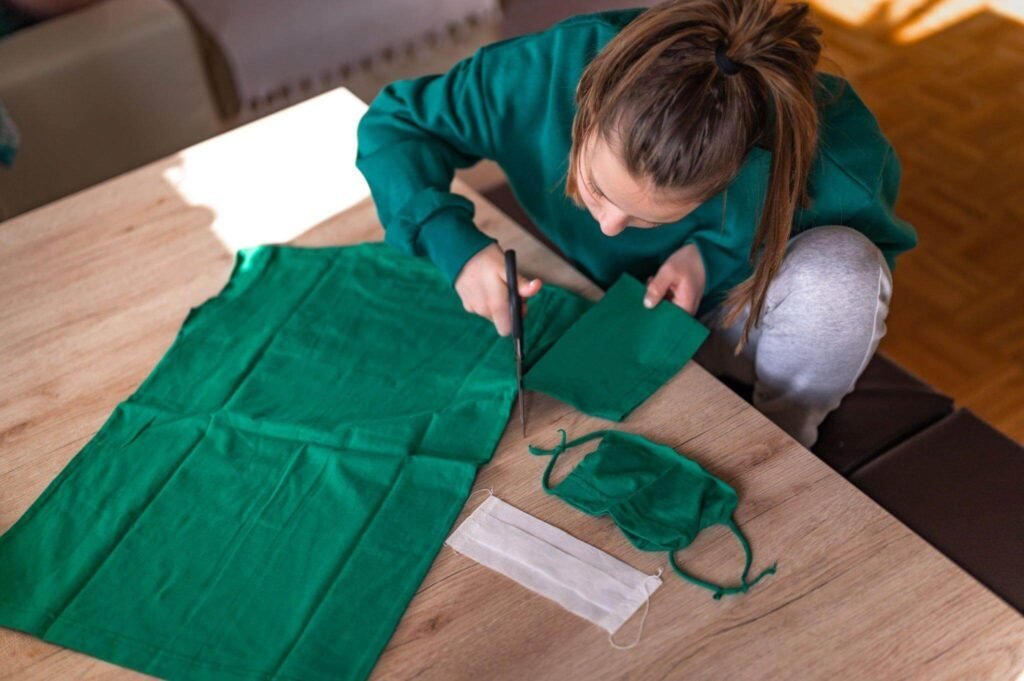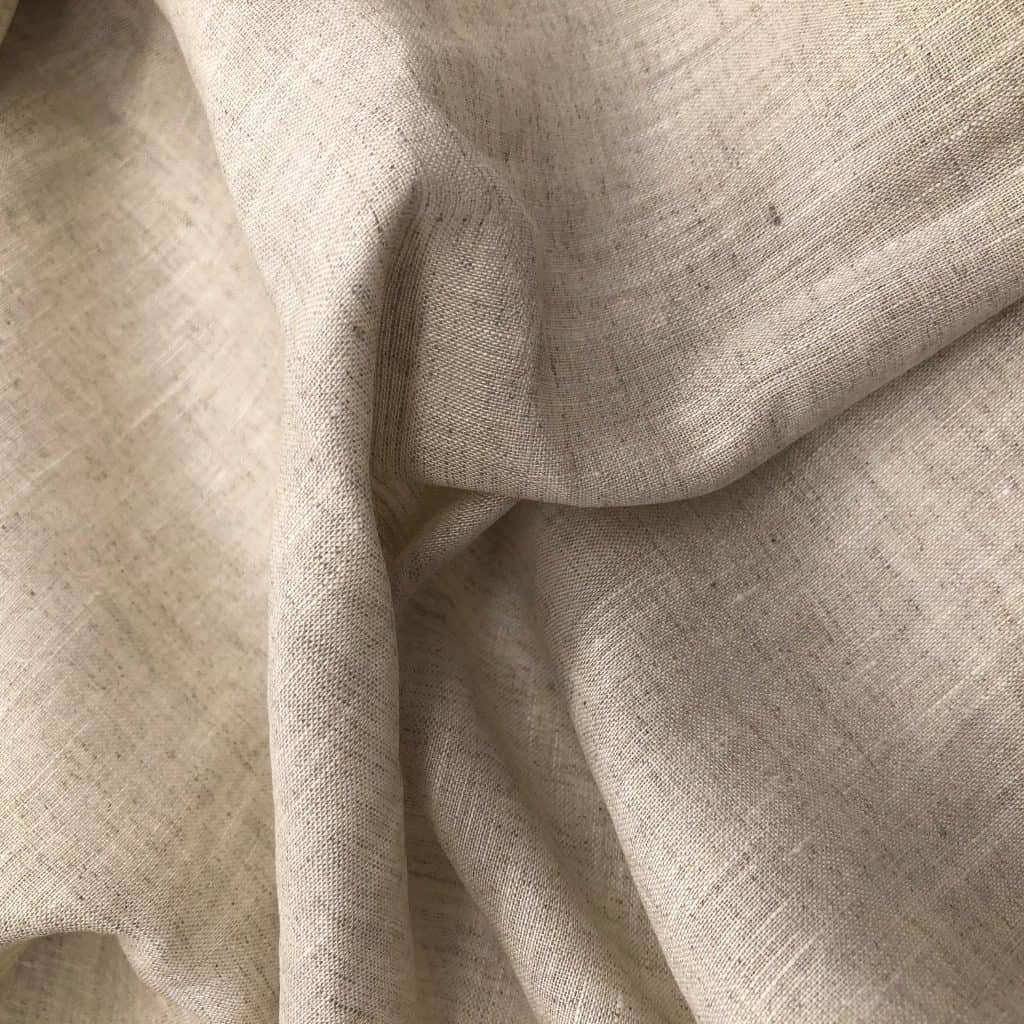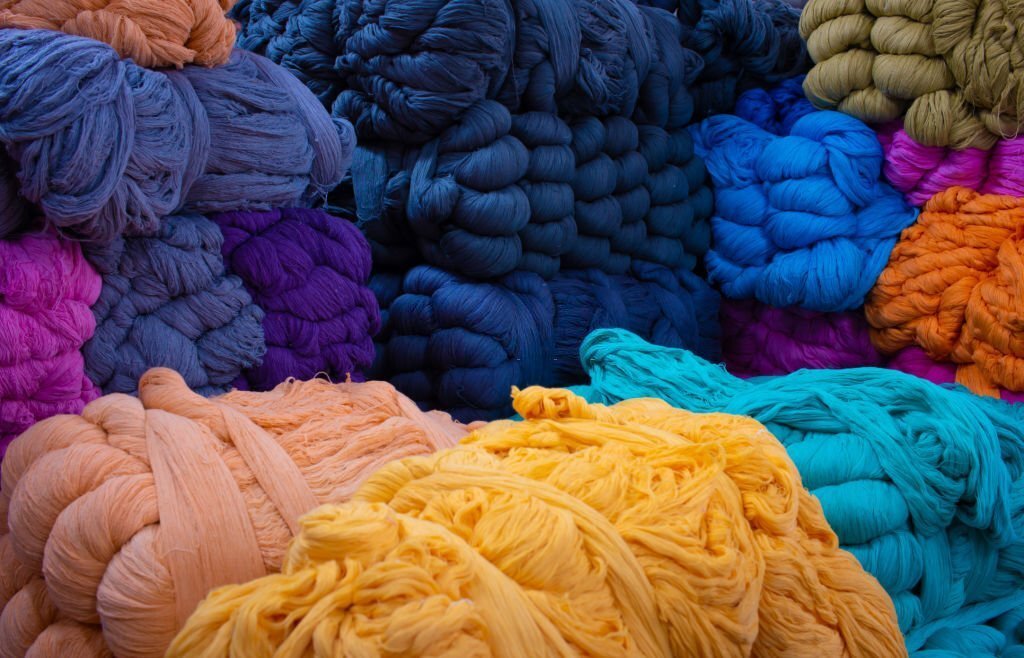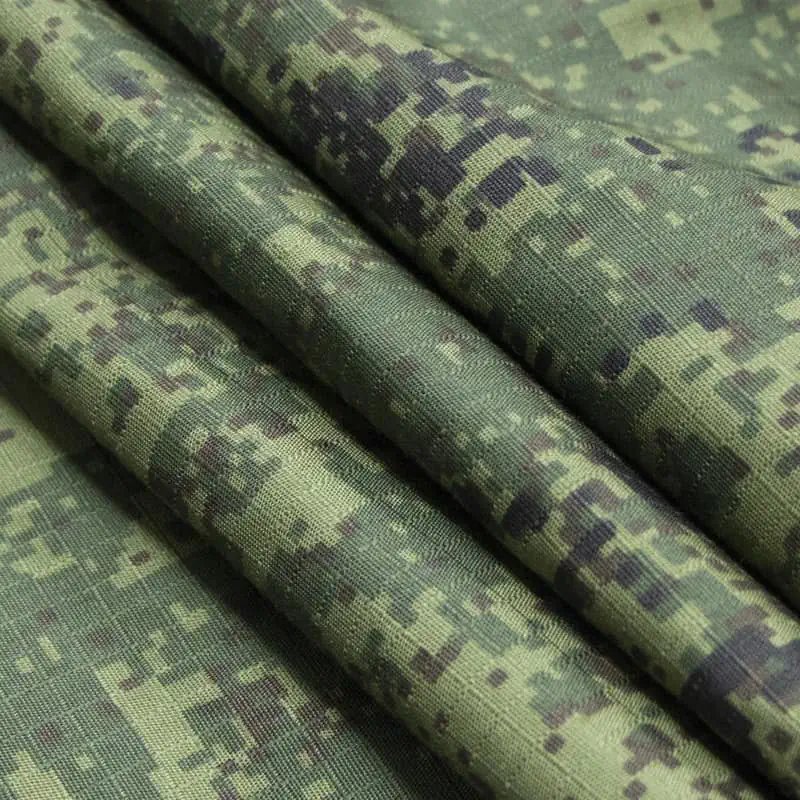 Ripstop fabric stands out among other fabrics because of its strength and durability. From the name itself, the fabric is rip-resistant. It is commonly used in outdoor gear and military gear that require resistance to tear.
Ripstop fabric stands out among other fabrics because of its strength and durability. From the name itself, the fabric is rip-resistant. It is commonly used in outdoor gear and military gear that require resistance to tear.
The fabric was first used for military purposes. It was used in parachutes during World War II. Parachutes made of traditional fabrics were prone to tearing. This posed significant risks for soldiers in combat situations. The ripstop fabric became a solution to this problem.
The advancements in technology have further enhanced the properties of the fabric. Today, it has become a staple in outdoor gear and industrial uses. In this article, you’ll learn about ripstop fabric’s characteristics, production process, and common uses.
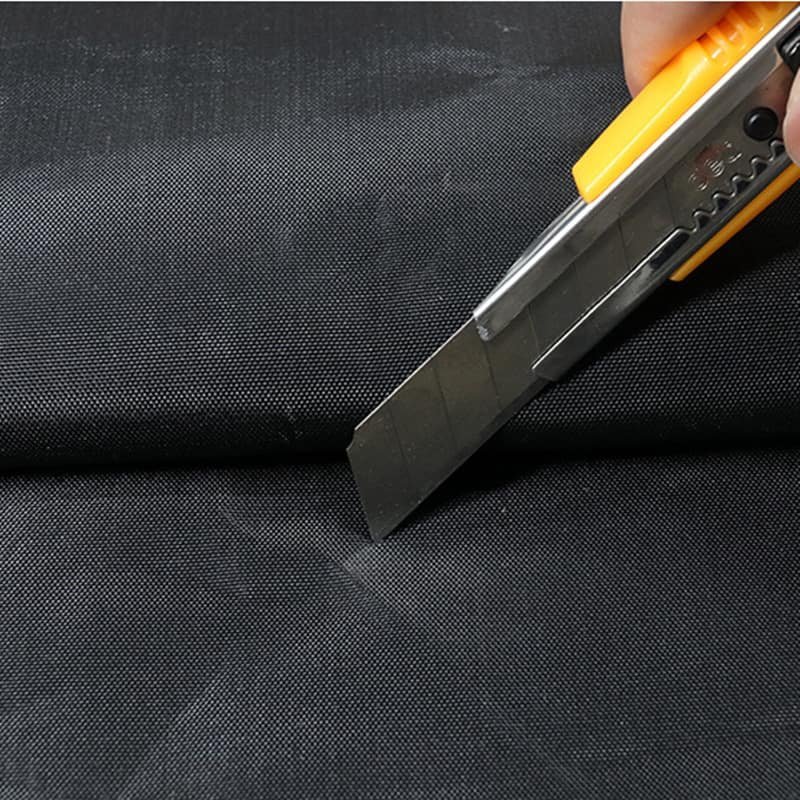
What Is Ripstop Fabric?
Ripstop fabric is uniquely characterized by mixing reinforcement threads into the fabric’s weave. This creates a grid-like pattern. The threads are made of thicker and stronger fibers like nylon or polyester.
The fabric is highly resistant to tearing. If a tear occurs, the reinforcement threads help prevent it from spreading beyond the grid pattern. This unique feature provides enhanced durability and longevity. Thus, the fabric is a popular choice for rugged situations.
Characteristics of Ripstop Fabric
Ripstop fabric offers a balance of durability, strength, and lightweight characteristics. It is unique because of its resistance to tear and abrasion.
The reinforced grid pattern created by the thicker threads helps prevent small tears from developing into larger ones. It also makes the fabric suitable for high friction or contact with rough surfaces.
Despite its robust nature, the ripstop fabric maintains a lightweight quality. It is often used in applications where strength is essential but excessive weight is undesirable. Thus, the fabric is used in outdoor gear, tents, and parachutes.
Other characteristics of the fabric include colorfastness, breathability, and quick drying.
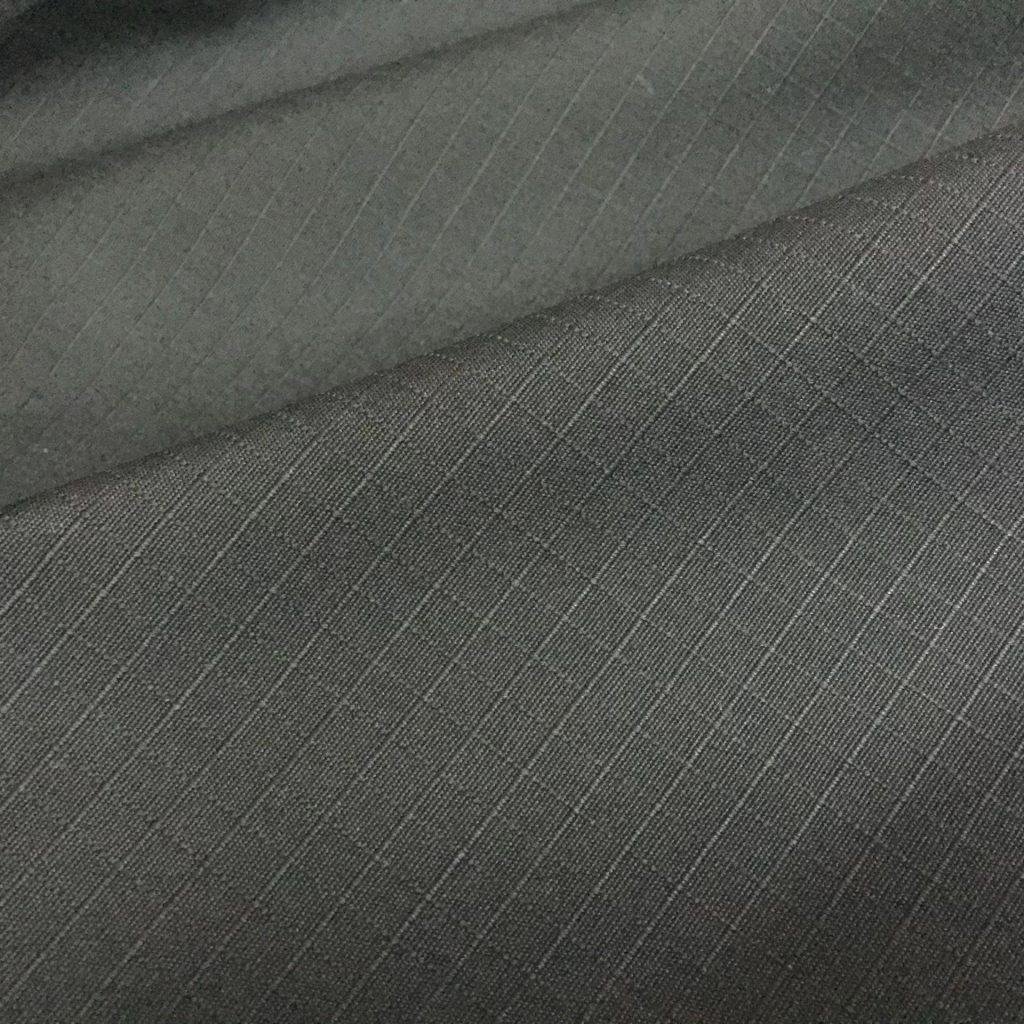
How Is Ripstop Fabric Made?
Ripstop fabric is made using a specific weaving technique that gives excellent tear resistance. Different manufacturers may use slight variations in the production process. However, the fundamental technique of using reinforcing threads in a grid pattern remains consistent.
Material Types
The fabric can be made using different fibers. Nylon and polyester are commonly used. These fibers are ideal due to their strength, durability, and lightweight nature.
Although less common, cotton ripstop fabric offers a natural and breathable option. It combines the tear-resistant property with the comfort and moisture absorption of cotton.
Ripstop fabric can also be made using polypropylene fiber. This fiber contributes to the fabric’s lightweight nature and resistance to water, mold, and mildew.
Ripstop can also be produced by mixing different fibers. For example, a nylon/polyester mix combines the strength and durability of nylon with the wrinkle resistance and colorfastness of polyester.
Weave Patterns
Ripstop fabric is produced by interweaving two sets of threads, the warp (vertical) and weft (horizontal) threads. These threads are usually thicker and stronger than the regular warp and weft threads. They are interwoven in a specific pattern to create a grid-like structure.
The fabric has a simple square or diamond-shaped pattern in which the reinforcing threads intersect. However variations of the ripstop weave have developed over time.
It now includes rectangular, honeycomb, and other intricate designs. These variations enhance the fabric’s performance and aesthetic appeal.
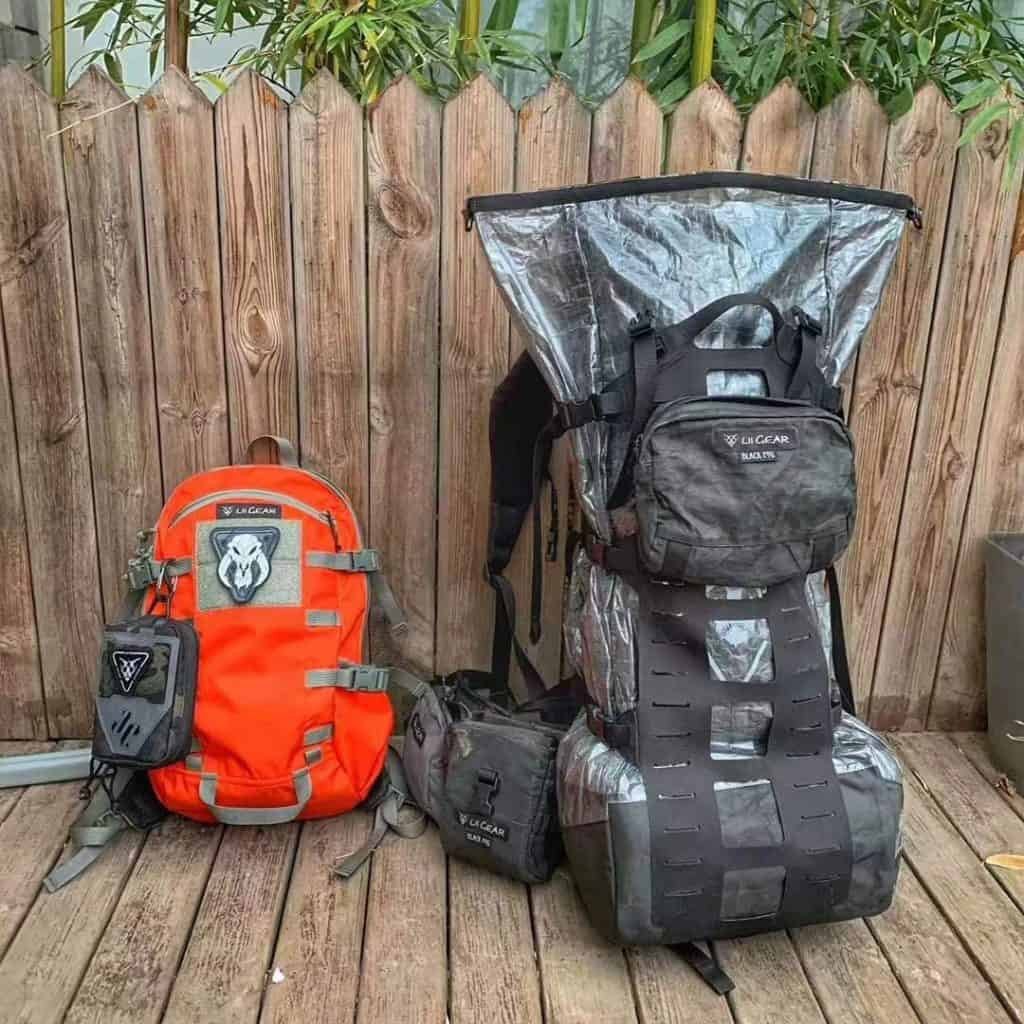
What is Ripstop Fabric Used for?
Ripstop fabric is used in various industries due to its strength, tear resistance, and lightweight quality. Here are some common uses of the fabric:
● Outdoor Gear
Ripstop is commonly used in outdoor gear, including backpacks, tents, and sleeping bags. Its features make it ideal for outdoor activities.
● Military Gear
The fabric is usually used in military and tactical gear due to its durability and tear resistance. It is used in uniforms, backpacks, vests, and other gear items designed for rugged environments.
● Parachutes
Ripstop fabric’s ability to resist tearing is crucial in parachute production. It provides strength to ensure safe and controlled descents during skydiving and other airborne activities.
● Sails and Kites
Ripstop is also a popular choice for sails in boats, windsurfing, and kitesurfing. The fabric’s ability to withstand strong winds and handle the stress of tensioned lines is crucial in these uses.
● Luggage and Bags
The fabric’s resistance to abrasion and tearing makes it suitable for luggage, duffel bags, and backpacks. These products require durability to withstand rough handling and protect their contents.
● Apparel
Ripstop fabric is also used in apparel, including shirts, shorts, pants, and jackets. It’s quick drying, breathability, and durability characteristics make it ideal for this kind of clothing.
Advantages and Disadvantages of Ripstop Fabric
The ripstop fabric has its own advantages and disadvantages. Below are the key points that you should consider:
Advantages
- Tear resistant
- Lightweight quality despite its strength
- Excellent moisture-wicking properties
- Highly versatile
Disadvantages
- Limited stretch
- Rustling or crinkling sound when in motion (undesirable in situations where silence or discretion are important)
- Not waterproof
- Limited airflow
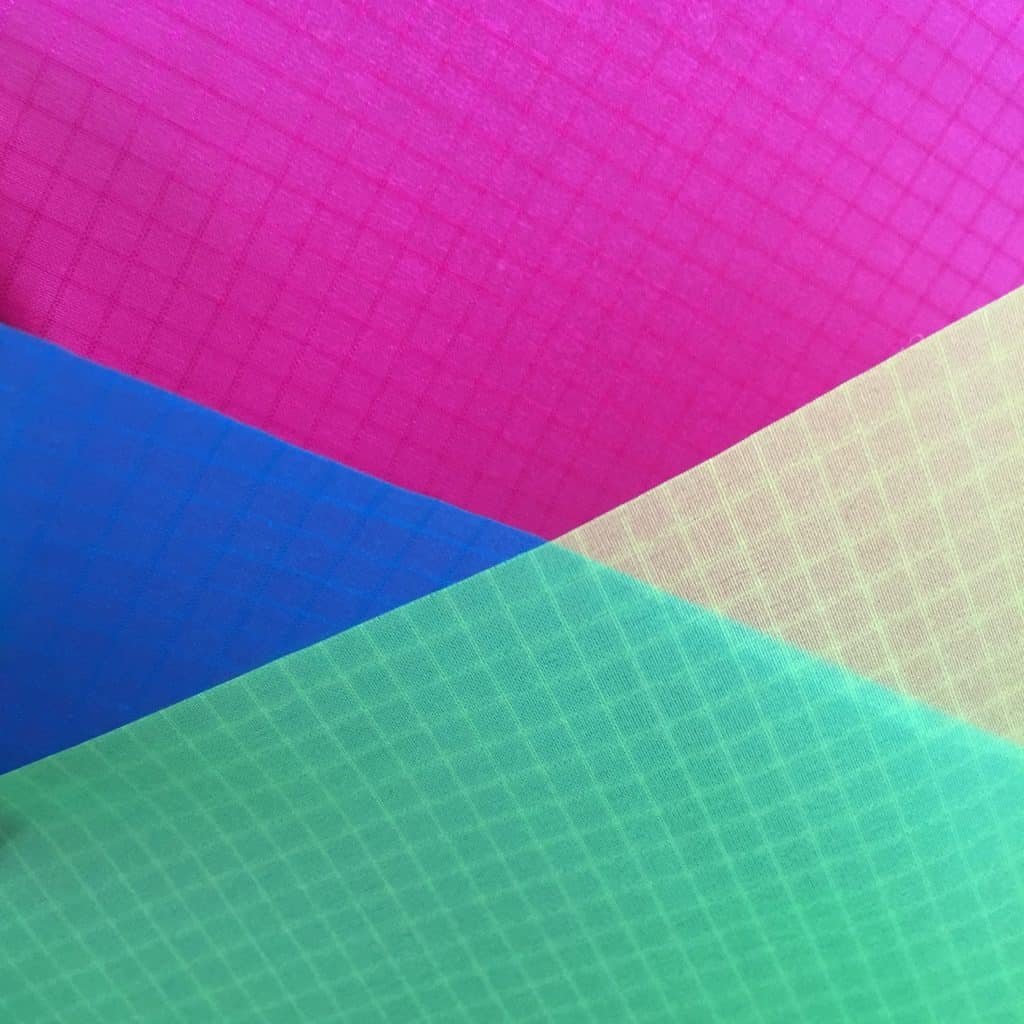
Frequently Asked Questions (FAQs)
Is ripstop fabric waterproof?
The fabric itself is not inherently waterproof. But it can be treated with coatings or other finishes to improve its waterproof properties. The level of waterproofness can differ depending on the kind of treatment and the application quality.
Is ripstop fabric stretchy?
Ripstop fabric has minimal stretch compared to other fabrics. Its primary focus is on strength, durability, and tear resistance rather than stretchiness. However the amount of stretch in the fabric can vary depending on the specific fibers used and additional treatments.
Is ripstop easy to clean?
The fabric is generally easy to clean. The specific cleaning method can vary depending on the fiber content. Additional treatments or finishes applied to the fabric should also be considered. Most ripstop fabrics, particularly those made from synthetic fibers, can be machine-washed. If the fabric is delicate, it should be hand-washed.
Also, always check the care label or manufacturer’s instructions. They provide recommended cleaning methods and any precautions to be taken.
Is ripstop good for hiking?
Yes, ripstop fabric is an excellent choice for hiking due to its durability, lightweight, quick-drying, colorfastness, and resistance to tear and abrasion.
But when selecting ripstop fabric for hiking, consider the climate and terrain. It’s important to ensure that other features align with the conditions during your hikes.
Ripstop polyester vs ripstop nylon
Ripstop polyester and ripstop nylon both have excellent durability and strength. Ripstop nylon is a better choice when considering weight, breathability, and moisture absorption. But in terms of price, ripstop polyester is more affordable than ripstop nylon.
Conclusion
The ripstop fabric has a good balance of functionality and durability. Designers and consumers usually use this fabric because of its balance. The fabric’s breathability, lightweight, and quick-drying features make it more appealing to the fashion industry. It also offers comfortable and versatile designs that can withstand an active lifestyle.
Whether ripstop fabric is used in outdoor gear, athletic apparel, or accessories, it adds a touch of durability without sacrificing style.







